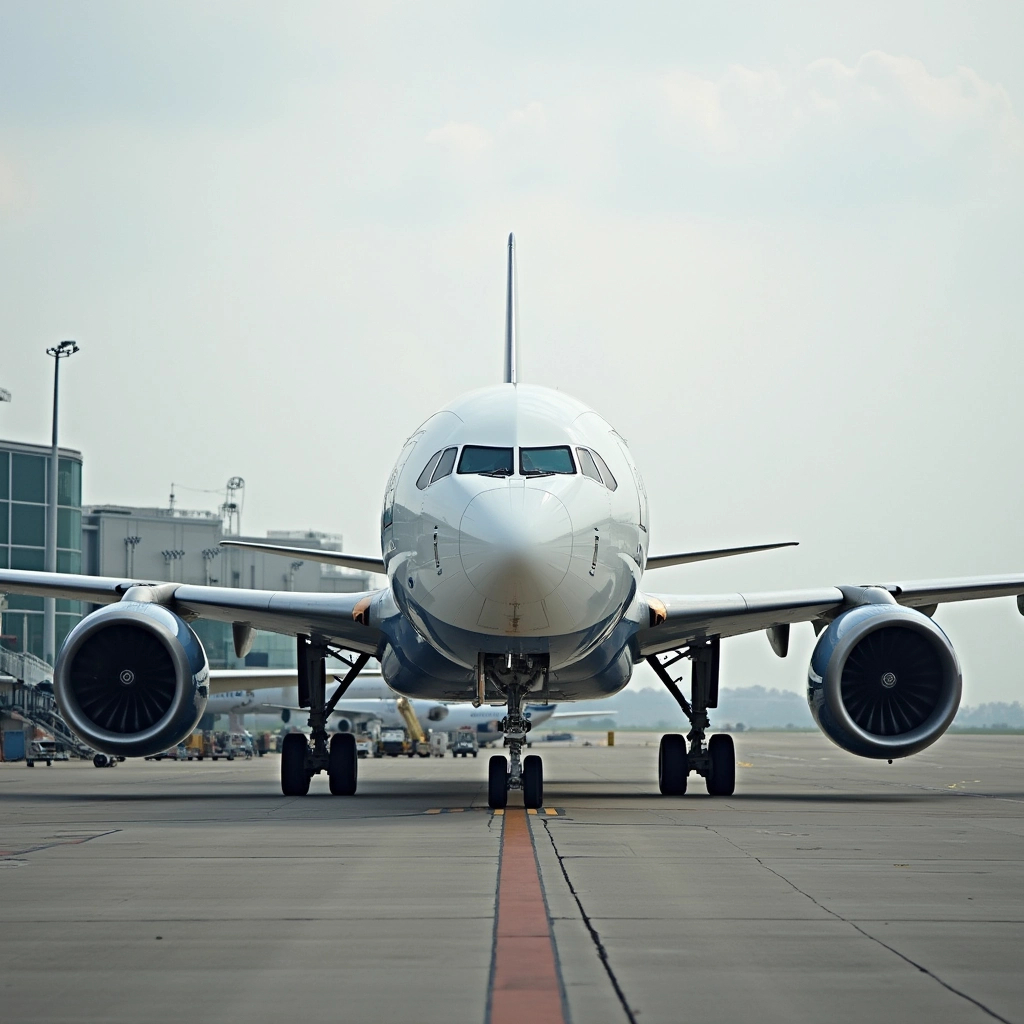IATA Releases 2024 Safety Report

The International Air Transport Association (IATA) released its 2024 Annual Safety Report. The industry delivered another year of strong overall performance on safety including showing improvements on the five-year average for several key parameters, but it took a step back from an exceptional performance in 2023.
• The all-accident rate of 1.13 per million flights (one accident per 880,000 flights) was better than the five-year average of 1.25 but worse than the 1.09 recorded in 2023.
• There were seven fatal accidents in 2024, among 40.6 million flights. That is higher than the single fatal accident recorded in 2023 and the five-year average of five fatal accidents.
• There were 244 on-board fatalities in 2024, compared to the 72 fatalities reported in 2023 and the five-year average of 144. Fatality risk remained low at 0.06, below the five-year average (0.10), although double the 0.03 reported in 2023.
“Even with recent high profile aviation accidents, it is important to remember that accidents are extremely rare. There were 40.6 million flights in 2024 and seven fatal accidents. Moreover, the long-term story of aviation safety is one of continuous improvement. A decade ago, the five-year average (2011-2015) was one accident for every 456,000 flights. Today, the five-year average (2020-2024) is one accident for every 810,000 flights. That improvement is because we know that every fatality is one too many. We honor the memory of every life lost in an aviation accident with our deepest sympathies and ever greater resolve to make flying even safer. And for that, the accumulation of safety data, including the 2024 safety report, is our most powerful tool,” said Willie Walsh, IATA’s Director General.
Key safety insights include:
• Rising Conflict Zone Risks: The downing of two aircraft in conflict zones (Kazakhstan with 38 fatalities and Sudan with five fatalities) has reinforced the importance of the Safer Skies initiative, established in the aftermath of the PS752 tragedy to facilitate safeguards in high-risk airspace.
• Most Common Accidents: Tail strikes and runway excursions were the most frequently reported accidents in 2024, underscoring the importance of take-off and landing safety measures. Notably, there were no controlled-flight-into-terrain (CFIT) accidents.
• Airlines on the registry of the IATA Operational Safety Audit (IOSA) (including all IATA member airlines) had an accident rate of 0.92 per million flights, significantly lower than the 1.70 recorded by non-IOSA carriers.
Conflict Zones: The Need for Action
Accidents and incidents related to conflict zones are considered security-related events and are not included in this report. While they do not appear in this data of this safety report, they, along with growing incidents of Global Navigation Satellite System (GNSS) interference, are a top concern for aviation safety requiring urgent global coordination.
“No civil aircraft should ever be a target—deliberate or accidental—of military operations. Governments must step up, enhance intelligence-sharing, and establish clearer global protocols to prevent such tragedies and safeguard civilian aviation,” said Walsh.
|





.png)
.jpg)





Comments
There are no comments yet for this item
Join the discussion